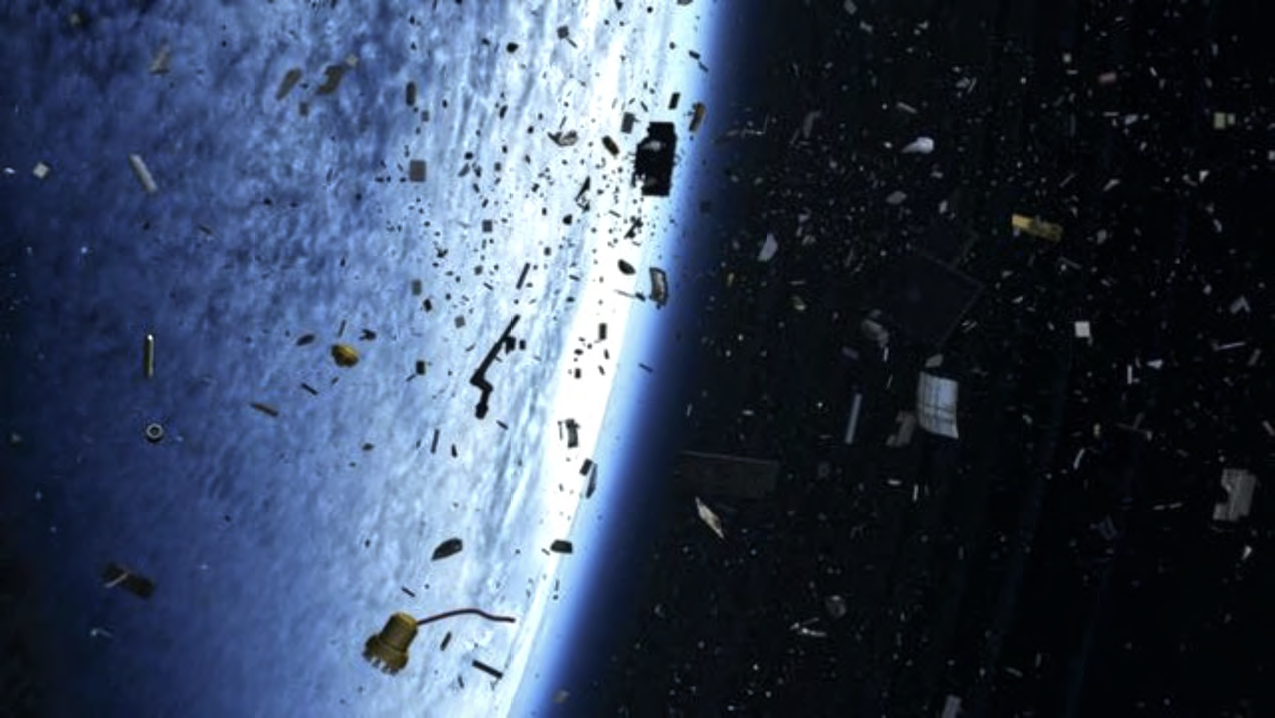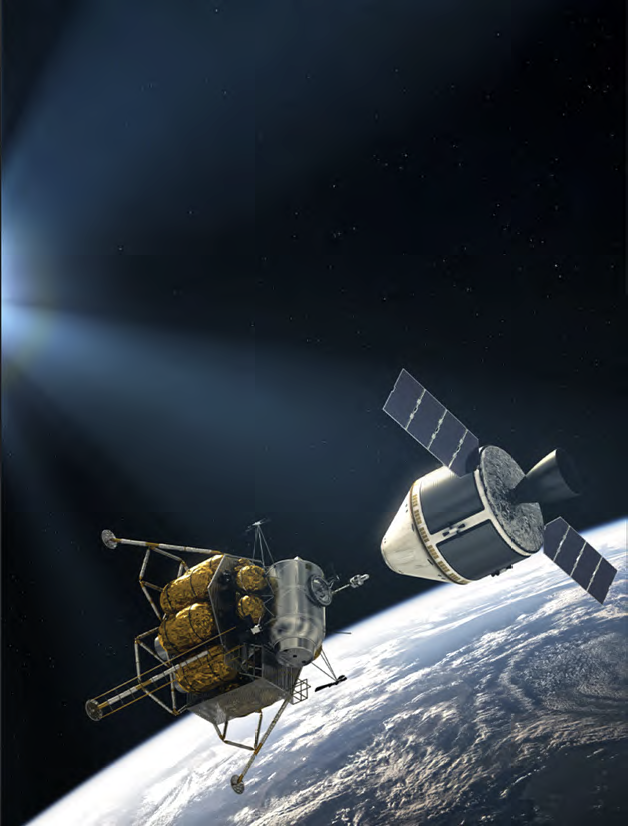Joe Chan, Chairman, Space Data Association (SDA)
The number of active satellites on-orbit has swiftly increased in recent years due to the rollout of non-geostationary networks. We expect to see this increase rise steadily in the next year, with new players starting their development into LEO while others continue to expand.

The landscape in space is growing in complexity, both operationally and politically and this year will be pivotal in safeguarding space sustainability. Space Situational Awareness (SSA) is becoming increasingly important as the number of satellites and debris in space increases year-on-year.
Effective SSA accurately identifies objects in space, tracks their orbit, and predicts where they will be at any given time in the near future. SSA is now being prioritized by governmental bodies, with many releasing legislation which stresses the importance of managing space traffic and debris to prevent in-orbit collisions. So, what is next for on-orbit sustainability?
______________________________________________
Governmental vs commercial offerings
_________________________________
There are a number of SSA tools available to space users in 2025. The EU Space Surveillance and Tracking (EUSST) is a network of ground-based and space-based sensors capable of surveying and tracking space objects, together with processing capabilities aiming to provide data, information and services on space objects that orbit around the Earth.
 EUSST is available to all 15 EU Member States, EU institutions, spacecraft owners and operators, and other public and private entities. The primary input is from operators uploading their ephemeris. However, this is not always provided or might not be realistic, therefore EUSST also uses secondary input depending on data available. This could be from Space Track, for example or from the EUSST’s own sensor data.
EUSST is available to all 15 EU Member States, EU institutions, spacecraft owners and operators, and other public and private entities. The primary input is from operators uploading their ephemeris. However, this is not always provided or might not be realistic, therefore EUSST also uses secondary input depending on data available. This could be from Space Track, for example or from the EUSST’s own sensor data.
The Traffic Coordination System for Space (TraCSS) is the U.S. capability, run by the Department of Commerce (DOC) along with the Office of Space Commerce (OSC) and National Oceanic and Atmospheric Administration (NOAA). OSC is developing an SSA capability that will blend government and commercial data to provide actionable SSA for civil and commercial space operators.
 TraCSS is aiming to provide basic SSA data and services to civil and private space operators. As the DOC is currently going through a phased approach and evaluation, it remains to be seen just how much functionality, and data, will be available within a finalized system.
TraCSS is aiming to provide basic SSA data and services to civil and private space operators. As the DOC is currently going through a phased approach and evaluation, it remains to be seen just how much functionality, and data, will be available within a finalized system.
The commercial SSA market is also expanding. According to Fortune Business Insights, the SSA market is projected to grow from $1.97 billion in 2024 to $3.01 billion by 2032, exhibiting a CAGR of 5.4% during the forecast period.
We are seeing lots of innovation within the field, with Artificial Intelligence (AI) and Machine Language (ML) being used to improve efficiency and enhance data. It also includes a number of planned on-orbit sensors launching in the coming few years from different providers. These will make it easier than ever to observe much smaller objects, which are currently challenging to monitor yet capable of causing widespread damage.
___________________________________________
Are we finally where we need to be?
____________________________________________
It has been fantastic to see steps in the right direction with governments focusing attention to their offerings and investment being made into SSA systems. The challenge remains a world-wide approach to managing SSA. Without the buy-in from all space users, there will always be an increased risk of a poor orbital environment.
SSA truly is a global issue and the repercussions of an incident could have severe ramifications throughout an orbit. The UN Committee for the Peaceful Use of Outer Space (COPUOS) is a committee that reviews international cooperation in peaceful uses of outer space, studies space-related activities that could be undertaken by the UN, encourages space research programs, and studies legal problems arising from the exploration of outer space.
In particular, COPUOS have developed Guidelines for the Long-Term Sustainability of Outer Space Activities (LTS Guidelines), which guide states and international intergovernmental organizations towards better space safety and sustainability.
Beyond discussing Space Traffic Management (STM) systems, legislation regarding deorbiting must continue to be a priority. At present, “The general guideline is that spacecraft in LEO must deorbit, also known as decay, or be placed in graveyard orbit within a maximum of 25 years after the completion of their mission.’
Good deorbiting practices are crucial in managing sustainability, with space debris a huge risk to space operations. While systems exist to track debris larger than 10 cm, the industry’s capability to detect and monitor smaller objects remains limited.
This matters because at the speed of travel in orbit, even an object smaller than 10cm carries enough kinetic energy to cause significant damage to a satellite.
Tracking objects smaller than 10 cm is difficult, as current technologies cannot see small opaque pieces of debris. They are also relatively unpredictable as their orbits are constantly shifting due to external factors, such as gravity and solar radiation pressure.
The best way to ensure the sustainable use of space is to prevent debris, and deorbiting measures play an important part of this process.
________________________________________
Challenges remaining within STM
________________________________________
Although it is positive to see improved governmental services being offered, there is an ongoing challenge surrounding the quality of data of being processed within management systems.
The public catalogue of Special Perturbation (SP) Data does not provide information on satellite maneuvers. It can identify when something is happening, but when checking against an owner/operator that is not an SDA member, the satellite may have moved.
The operator viewing the data would be unaware that this maneuver could affect them. All SDA members share their maneuver data, but there are owner/operators that are not sharing this data. In these cases, SDA must rely on government data, but maneuver information is not being added into SP data and this means that they are not solving the problem.
To mitigate the issues that are caused by lack of maneuver data, SDA generates synthetic covariance based on the SP data. By performing synthetic covariance based on the missing information, this gives a bigger window of uncertainty and will account for potential unknown maneuvers. The covariance matrix represents the orbit of SP data, thus creating a consistent dataset.
By pooling and checking operators’ data; performing ephemeris-vs-ephemeris and ephemeris-vs-SP/TLE conjunction assessment, and facilitating operational coordination, the risk of collision is mitigated. As we move forward as an industry, it will remain important to ensure that systems are as accurate as possible. Unnecessary maneuvers can increase the risk of collision, and therefore must be avoided where possible.
2025: a year for prioritizing sustainability

Once again, we will see huge changes within orbit this year. The number of satellites launched and on-orbit will continue to climb rapidly, as will the urgency of a coordinated approach to space sustainability.
All space users must align on the importance of SSA; we must use space responsibly and we must prevent the debris issue from worsening. This is an exciting time for SSA technologies. We are seeing huge investment into the field which will improve our knowledge of the challenges in orbit. It is good to see importance being placed on data sharing and STM from governmental bodies from around the world.
We are hopeful that the important work by UN COPOUS will motivate coordination amongst all stakeholders in space, safeguarding its future. Now is the time to ensure that SSA is correctly implemented.

Joe Chan
Joe Chan is Director of Flight Dynamics at Intelsat. He oversees the FDS operation and engineering of more than 70 geostationary satellites that Intelsat currently operates. He has been with Intelsat for 24 years. Prior to joining Intelsat he worked at Goddard Space Flight center on the TOPEX/POSEIDON and Mars Observer projects.
www.space-data.org/sda/

